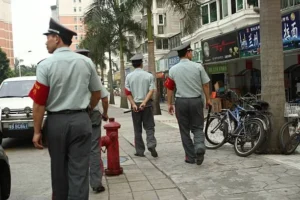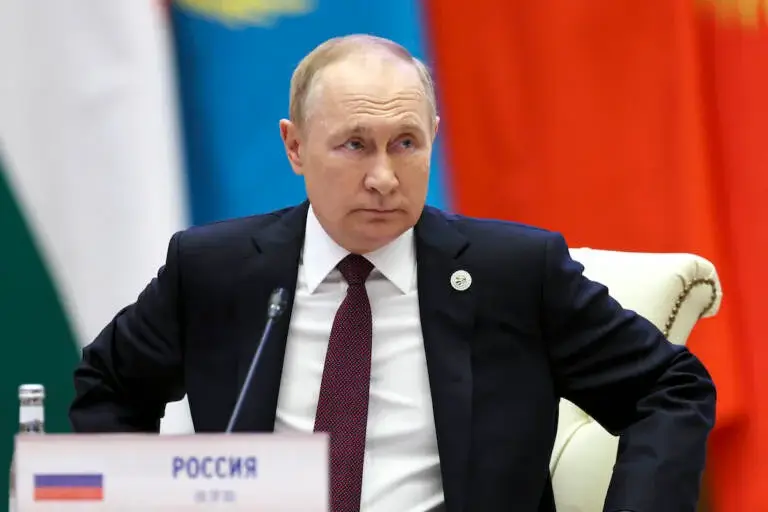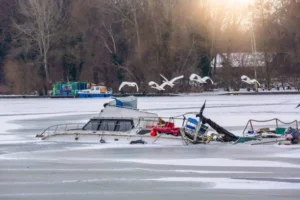At the Alaska summit, Putin demanded Ukraine withdraw from Donetsk and Luhansk, tying this concession directly to a broader peace proposal with Trump. The Russian leader insisted that Ukraine abandon these regions entirely and offered to freeze the frontline in southern Ukraine, including Kherson and Zaporizhzhia.
He presented his proposal as a necessary path to stability, positioning himself as the dominant actor capable of deciding the war’s trajectory and potential settlement outcomes. Although Luhansk remains almost fully controlled by Russia, Ukrainian forces still hold key areas of Donetsk, particularly Kramatorsk and Sloviansk. These positions are heavily fortified, and their defense has already cost thousands of lives.
Putin justified his stance by portraying the territorial demand as an essential guarantee of Russian security while resisting Trump’s pressure to compromise. Trump entered the Alaska summit vowing he would not leave without securing a ceasefire and warning of severe consequences if Moscow refused.
Yet after three hours of tense negotiations, he softened his position and described the meeting as extremely productive. He dropped his earlier insistence on an immediate ceasefire and supported Putin’s approach of pursuing a full peace agreement before halting battlefield operations.
Moscow celebrated this outcome, portraying Putin as a leader who conceded nothing yet left the summit strengthened. Russia highlighted that Trump had abandoned sanctions threats and shifted toward Moscow’s framing of the conflict.
Dmitry Medvedev praised the talks on Telegram, writing that negotiations could proceed without preconditions, reinforcing the Kremlin’s belief that time and persistence favored its strategy. Zelenskyy, however, repeated his firm refusal to surrender territory, insisting that sanctions remain and demanding the release of abducted Ukrainian civilians.
He warned that no territory would insist that sanctions remain and demanded the release of abducted Ukrainian civilians. Furthermore, he stated that no territorial questions could ever be decided without Ukraine’s participation, stressing that peace must involve genuine security guarantees.
European allies immediately backed him, declaring that Ukraine’s internationally recognized borders cannot be changed by force. Despite this unified response, Trump increased pressure on Kyiv.
For Putin, the demands raised in Alaska connect directly to his longstanding grievances over NATO’s post-Cold War expansion. He has frequently accused the West of breaking promises not to move “an inch eastward,” framing NATO’s growth as betrayal.
Although historians dispute that any binding agreement ever existed, Putin has consistently used the claim to argue that Russia was deceived and threatened. From his 2007 Munich speech to his 2014 defense of Crimea’s annexation, he accused NATO leaders of violating assurances and isolating Russia.
Moscow continues to argue that NATO expansion destabilized Europe and undermined security. Russian analysts insist that states bordering Russia should avoid NATO membership, preserving neutrality instead of joining what Moscow calls “the geopolitical fray.” This framing allows Putin to portray the war in Ukraine as defensive, aimed at preventing further Western encroachment.
The summit revealed Russia’s confidence in advancing its narrative and unwillingness to trade battlefield leverage for economic incentives. Putin repeated that “root causes” must be addressed, shorthand for Ukraine’s demilitarization and exclusion from NATO. In contrast, despite European reassurances, Ukraine faces heightened pressure to engage with Putin’s conditions.









